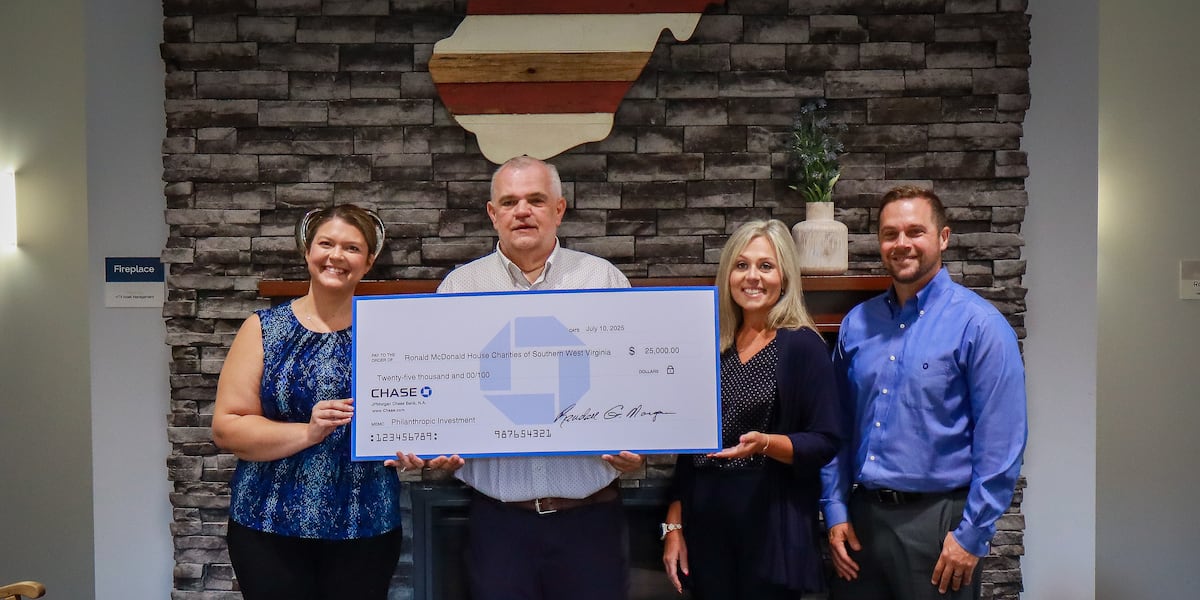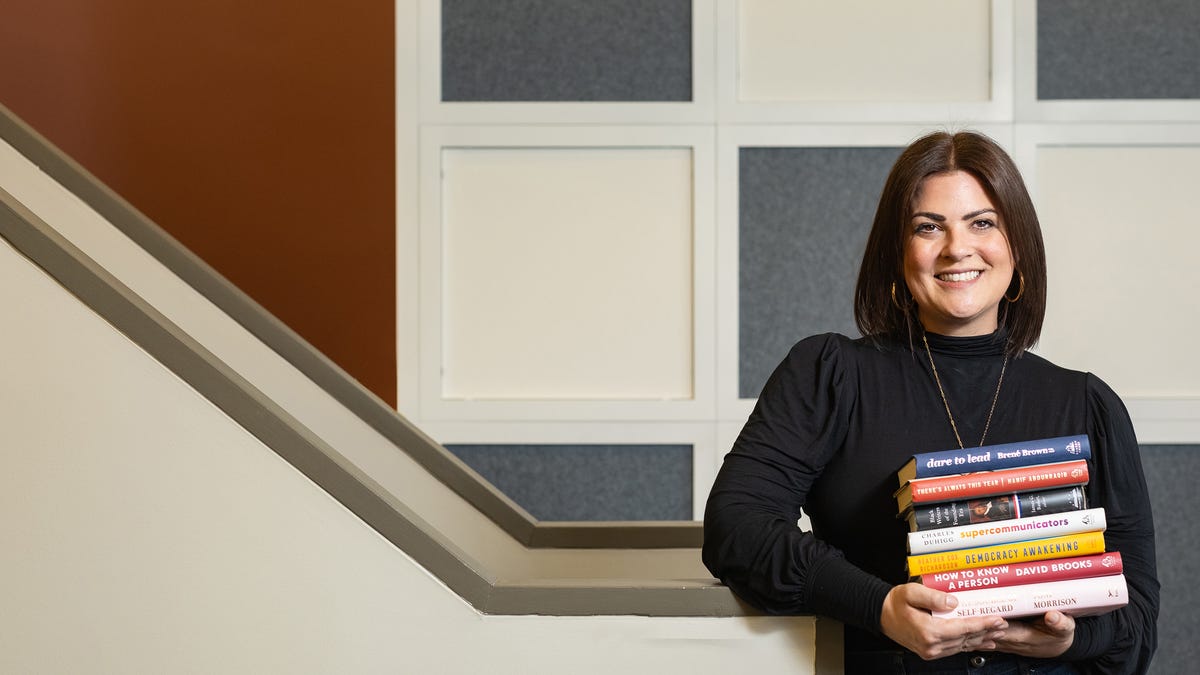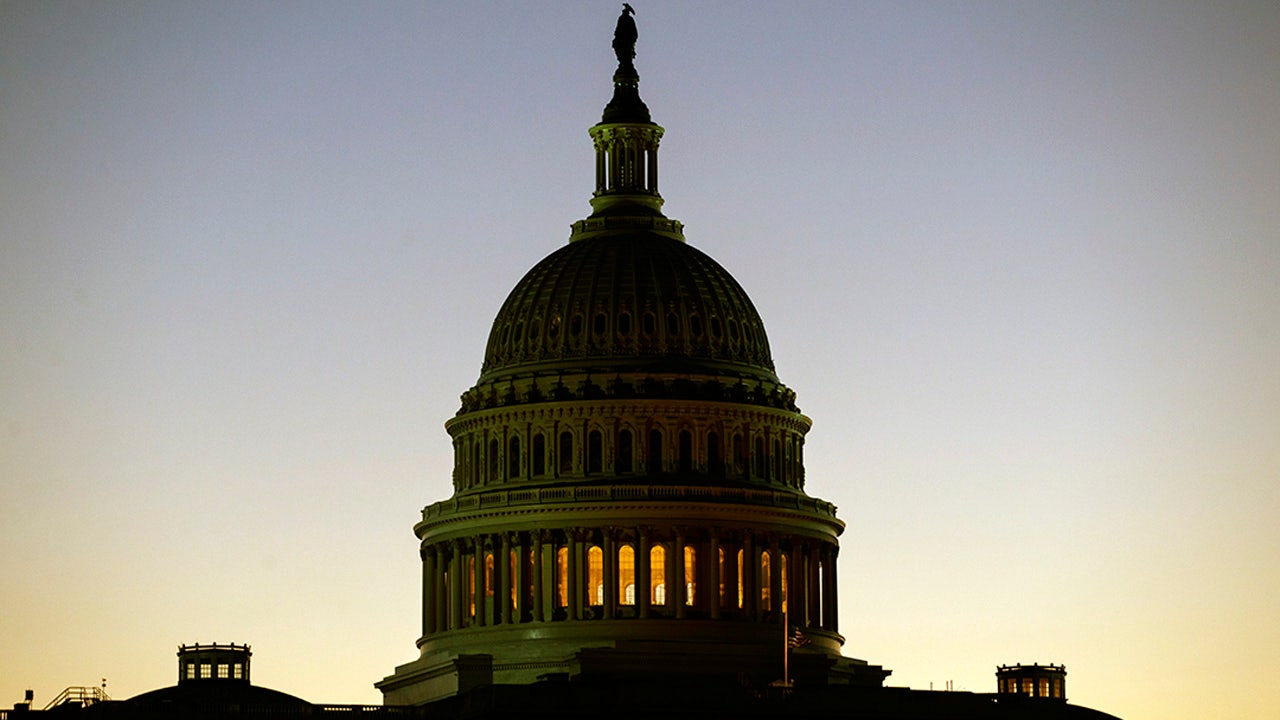Austin, TX
Volkswagen (VWAGY) Fuels Autonomous Drive With Austin Test Run

Volkswagen (VWAGY – Free Report) announced that it would commence testing autonomous electric vehicles in Austin, TX. Following the decision to wind down its investment in Argo AI — once a leader in self-driving tech, which was dissolved in 2022 due to mounting costs and strategic disagreements between its main investors Volkswagen and Ford (F – Free Report) — VWAGY has been actively revamping its self-driving strategy.
In collaboration with technology firm Mobileye (MBLY – Free Report) , Volkswagen has developed autonomous driving capabilities for its ID Buzz electric vans. The Germany-based auto giant plans to deploy about 10 of its ID Buzz electric vans, fitted with autonomous driving systems developed in association with MBLY, by the end of 2023. The first pair of these vans, equipped with lidar, radar and camera systems, are already on U.S. soil, with testing set to begin before the end of July. Initial tests will have human safety drivers onboard.
The selection of Austin as the initial U.S. hub for the program underlines the city’s progressive attitude toward innovation and its conducive environment for autonomous vehicle testing. According to Katrin Lohmann, the executive leading Volkswagen’s self-driving initiatives in the United States, the company anticipates expanding its Austin fleet and commencing testing operations in at least four more U.S. cities over the next three years. This expansion strategy highlights Volkswagen’s commitment to establishing a strong presence in the autonomous driving market and underlines its intention to compete with industry leaders in developing safe and reliable self-driving technology.
This development is part of Volkswagen’s recent strategic shifts to bolster its self-driving vision, including a strengthened partnership with Mobileye and fresh investments in MOIA, its European ride-sharing arm. Though the firm is aiming to launch a robotaxi service in Europe, it currently doesn’t intend to initiate its ride-sharing platform in the United States. Instead, the company plans to market autonomous ID Buzz vans and fleet management capabilities to other businesses offering ride-sharing or delivery services.
The move to cease investment in Argo AI saw Volkswagen and Ford diverting resources to their independent pursuits of self-driving technology. Ford, in March, unveiled a new subsidiary, Latitude AI, to enhance its BlueCruise hands-free highway driving system. The unit absorbed around 550 employees from the now-defunct Argo AI. Volkswagen, on its part, has also incorporated former Argo AI employees into its U.S. self-driving efforts.
The self-driving landscape is becoming increasingly competitive and Volkswagen’s shift in strategy could help it navigate the ongoing transition in the auto industry.
As Volkswagen embarks on this new chapter in autonomous driving, the industry will keenly watch how it utilizes its previous investments and partnerships to accelerate its ambitious self-driving goals. This could potentially alter the dynamics of both the electric vehicle and the autonomous vehicle markets. While autonomous vehicle technology has been a costly endeavor for many automakers, Volkswagen’s strategic pivot may very well provide it with a competitive advantage in this race.
Volkswagen currently carries a Zacks Rank #2 (Buy). Another top-ranked player in the auto space is Honda (HMC – Free Report) , sporting a Zacks Rank #1 (Strong Buy).
The Zacks Consensus Estimate for HMC’s current fiscal year sales and EPS estimates implies year-over-year growth of 16.5% and 30.7%, respectively. The fiscal 2024 EPS has been revised upward by 13 cents in the past 30 days. The fiscal 2025 EPS estimate is pegged at $4.16 per share, suggesting year-over-year growth of 5.1%. The stock has gained around 32% year to date.
You can see the complete list of today’s Zacks #1 Rank stocks here.
Disclaimer: This article has been written with the assistance of Generative AI. However, the author has reviewed, revised, supplemented, and rewritten parts of this content to ensure its originality and the precision of the incorporated information.

Austin, TX
Texas Longhorns’ SEC Opponents Revealed for 2026 and Beyond

The debate over whether or not the SEC should move to nine conference games has been raging on for a while now, but that debate has finally been put to bed.
Last month, SEC presidents moved to adopt a nine-game conference schedule starting in 2026. As part of the schedule, each team will have three annual opponents with the other six games rotating. This will allow every team to play each other at least once every other year.
The SEC previously announced that the Texas Longhorns’ annual opponents would be Arkansas, Oklahoma and Texas A&M, at least until the league reevaluates annual opponents ahead of the 2030 season. Now, they know exactly who they’ll be facing in conference play for the next four years.
Here’s a look at the Aggies’ full list of conference opponents from 2026-29, as revealed by the league on Tuesday night.
Home
Away
Home
Away
Home
Away
Home
Away
As part of the nine-game schedule, the Longhorns will finally get to play the other half of the SEC. The conference previously had each of its 14 existing members play either Texas or Oklahoma, but not both, when those two teams joined in 2024, and then just repeated the same matchups in 2025.
This will allow the Longhorns to play some teams they haven’t faced in decades, most notably South Carolina (last played in 1957), Tennessee (1968) and Auburn (1991). With them now playing every other team in the conference at least twice in a four-year span, they have a chance to forge some new rivalries as well.
Additionally, the new schedule will fix a major problem the Longhorns face this season. As they are the designated home team for this year’s Red River Rivalry against Oklahoma in Dallas, they don’t play a true home game between last Saturday against Sam Houston and Nov. 1 against Vanderbilt. They play three road games against SEC opponents and have a bye in that time, thus explaining the month-long drought.
Now, though, the SEC can simply give the designated home team five home games against conference opponents, including the game in Dallas, and the designated road team four home game, thus solving the inequality problem.
It’s a new era in the SEC, and even with the nine-game schedule, the Longhorns are well equipped to compete in their new home.
Austin, TX
Researchers make concerning discovery at bottom of popular lake: ‘Shows how pervasive our impact is’

Austin, Texas, has a growing microplastic problem in its soil and bodies of water.
Danielle Zaleski, a student at the University of Texas’ Jackson School of Geosciences, pulled a core sample from the floor of Lady Bird Lake in Austin. The mesh, intended to separate sediment from plastic, clogged almost instantly. The sample contained so many fragments that the count had to be abandoned.
What’s happening?
A recent report from KXAN dissected research into how microplastic pollution has built up in Austin’s lakes over time, finding that older sediment contained only a few hundred particles per sample while recent layers had thousands.
Zaleski, who works with the University of Texas and the city, has been documenting the rise of microplastics in Austin’s lakes. In older sediment, buried deeper underground, she measured about 200 particles for every 100 grams. Near the surface, the number spiked to 4,600.
The sharpest concentrations were found downtown, beneath Interstate 35, where tire dust and synthetic road debris flow directly into the water. “It’s just another one of those things that shows how pervasive our impact is,” said Brent Bellinger of the city’s Watershed Protection Department, per KXAN.
Why is microplastic pollution concerning?
Microplastics are created when larger plastics break down or during manufacturing. These particles are now found everywhere, including the air, water, soil, and even human bodies. Studies estimate that the average person ingests between 39,000 and 52,000 particles of microplastics and nanoplastics every year.
|
Garden of Life’s clean vitamins and supplements are made with pure, whole-food ingredients to support your health and everyday wellbeing. You can boost your routine with bestselling probiotics, collagen, vitamins, and protein — all without synthetic ingredients, artificial flavors or colors, binders, or fillers.
And for a limited time, get 25% off specific Garden of Life products with code Back2Garden.
|
The health risks are still being studied, but scientists have linked microplastics to respiratory problems, digestive issues, and possible chemical exposure. For cities like Austin, the concern goes beyond ecology: These lakes provide recreation, influence property values, and connect to broader water supplies. If the buildup worsens, it could threaten both public health and the city’s economy.
The problem isn’t unique to Texas. Research has documented microplastic pollution in rivers, oceans, bottled water, and even in rainfall. These findings suggest the issue is systemic, driven by the massive global use of plastics and inadequate disposal systems.
What’s being done about microplastics?
According to KXAN, Austin’s Watershed Protection Department is incorporating Zaleski’s findings into an upcoming city report, which could inform new policies on stormwater management, waste reduction, and infrastructure design. Researchers also hope the data will push for tighter controls on road runoff, one of the largest contributors.
On an individual level, reducing the use of single-use plastics remains one of the most effective ways to cut back on microplastic pollution. Simple swaps that use less plastic — such as reusable water bottles, cloth bags, or alternatives to plastic packaging — can help limit the plastic stream before it breaks down into microscopic fragments.
Communities around the country are also experimenting with bans on plastic bags and foam containers, along with efforts to clean and restore waterways.
Tackling microplastics won’t be easy, but cities like Austin now have clearer evidence of how urgent the problem has become.
Join our free newsletter for good news and useful tips, and don’t miss this cool list of easy ways to help yourself while helping the planet.
Austin, TX
Live updates from Texas football game Saturday in Austin

Can UTEP (1-1), which has never beaten Texas in six previous games, spring a monumental upset?
Follow along for scores and live updates.
Texas football coach Steve Sarkisian said running back Quintrevion Wisner and defensive tackle Alex January were doubtful entering the game, and neither player is listed on the Longhorns’ pregame depth chart. Receiver DeAndre Moore Jr., whom Sarkisian also described as doubtful, is listed atop the depth chart but is not suited up during team warmups.
When: 3:15 p.m. Saturday
Where: Royal-Memorial Stadium in Austin
TV/radio: SEC Network, 1300, 98.1, 105.3 (Spanish)
Line: Texas is favored by 41½ points; over/under is 50½ points.
Sunny skies and hot with highs in the high 90s.
-

 Finance1 week ago
Finance1 week agoReimagining Finance: Derek Kudsee on Coda’s AI-Powered Future
-

 World7 days ago
World7 days agoSyria’s new president takes center stage at UNGA as concerns linger over terrorist past
-
North Dakota1 week ago
Board approves Brent Sanford as new ‘commissioner’ of North Dakota University System
-

 Technology7 days ago
Technology7 days agoThese earbuds include a tiny wired microphone you can hold
-

 Culture7 days ago
Culture7 days agoTest Your Memory of These Classic Books for Young Readers
-
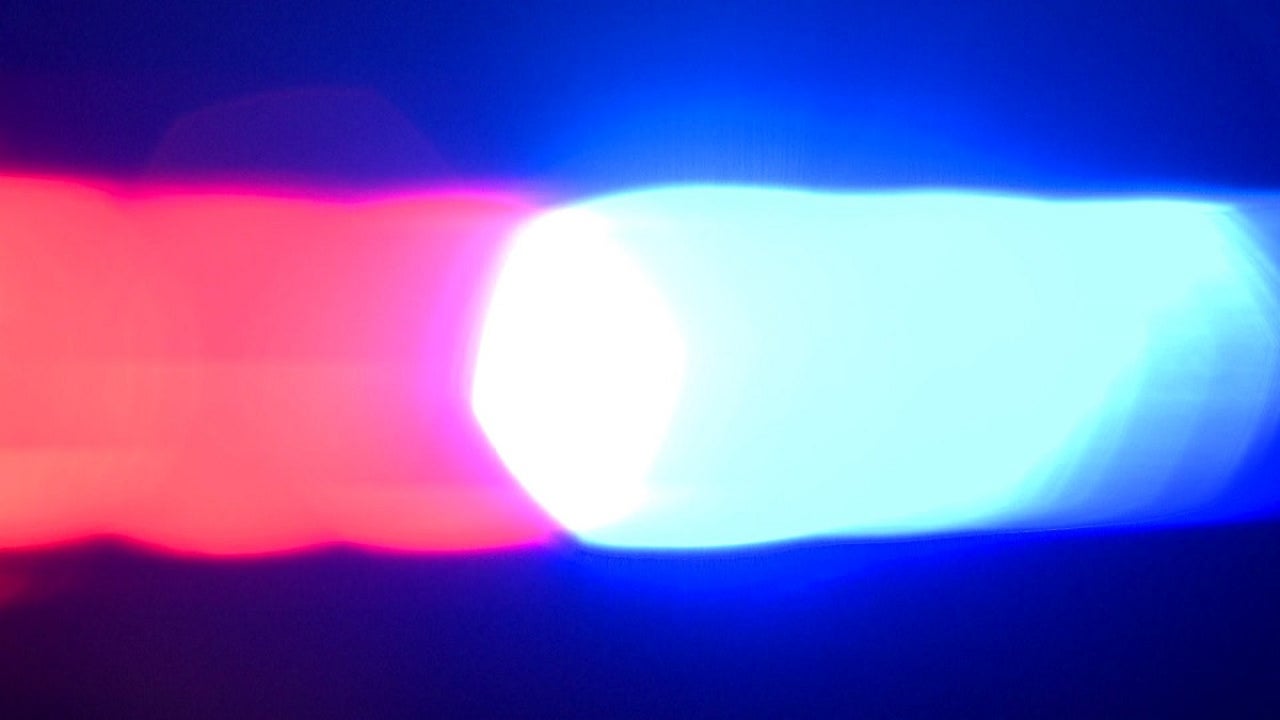
 Crypto7 days ago
Crypto7 days agoTexas brothers charged in cryptocurrency kidnapping, robbery in MN
-
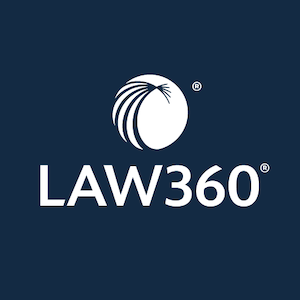
 Crypto1 week ago
Crypto1 week agoEU Enforcers Arrest 5 Over €100M Cryptocurrency Scam – Law360
-

 Rhode Island1 week ago
Rhode Island1 week agoThe Ocean State’s Bond With Robert Redford

